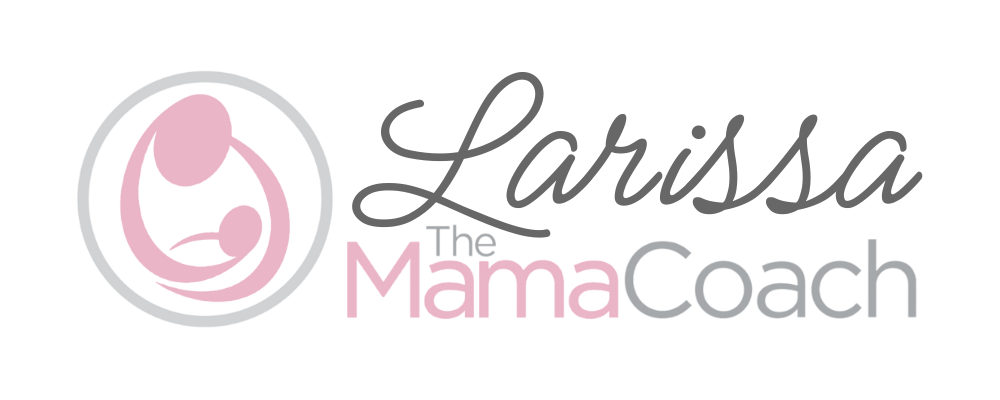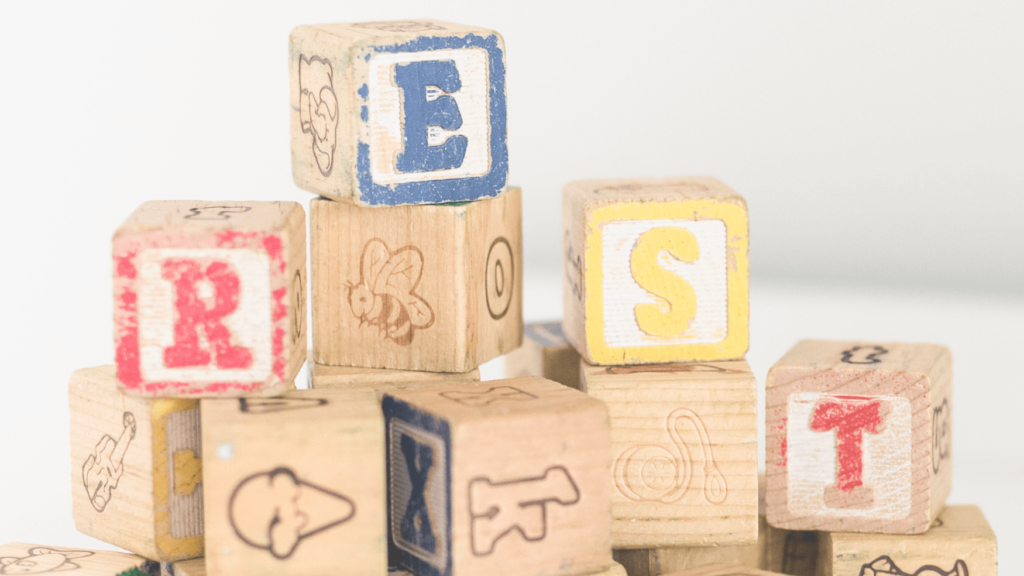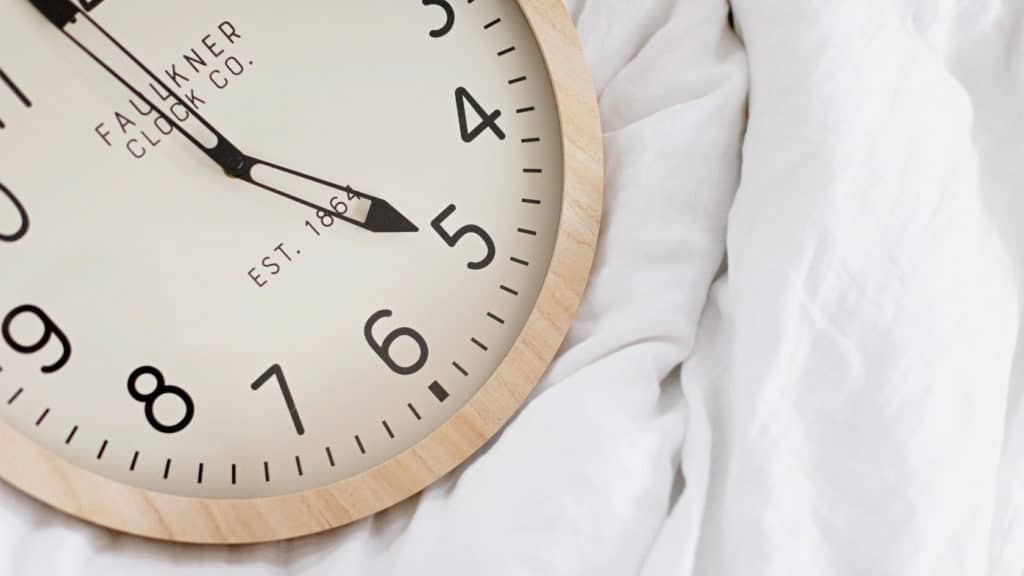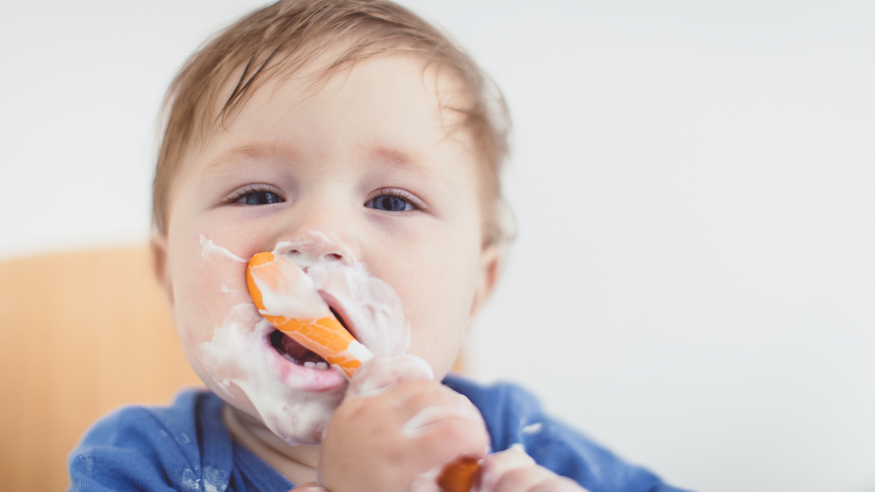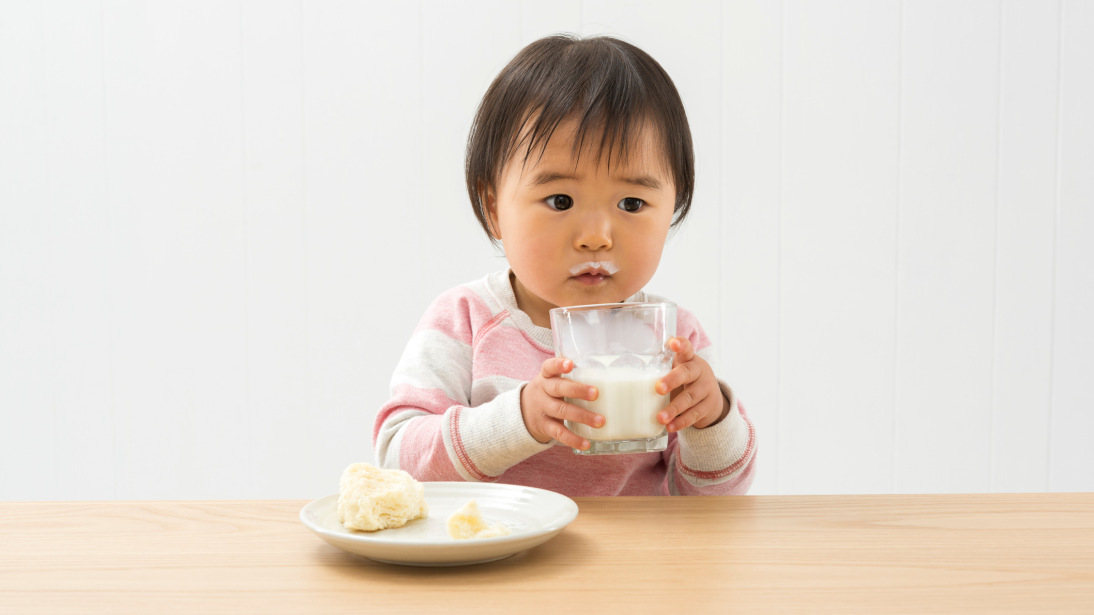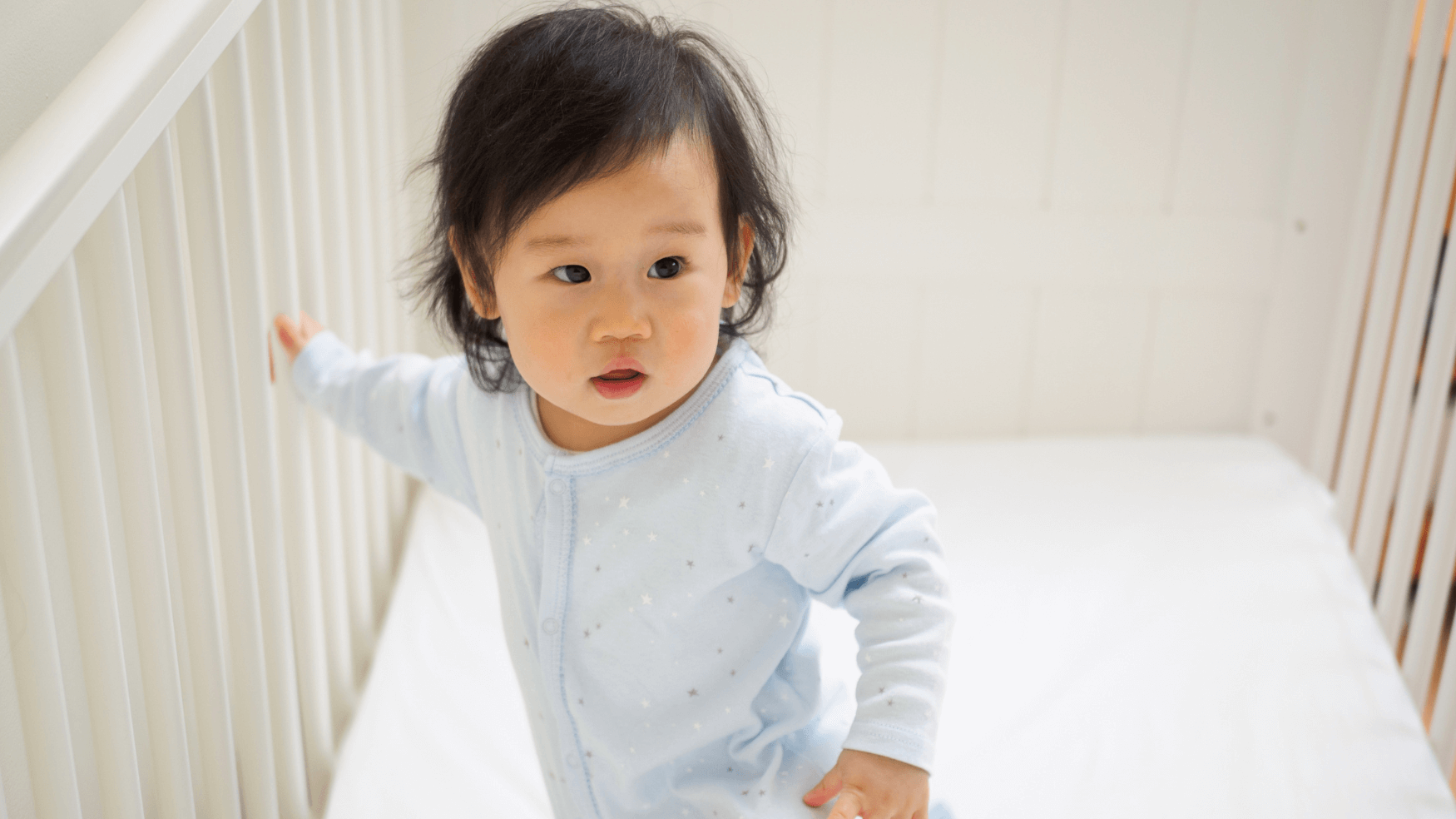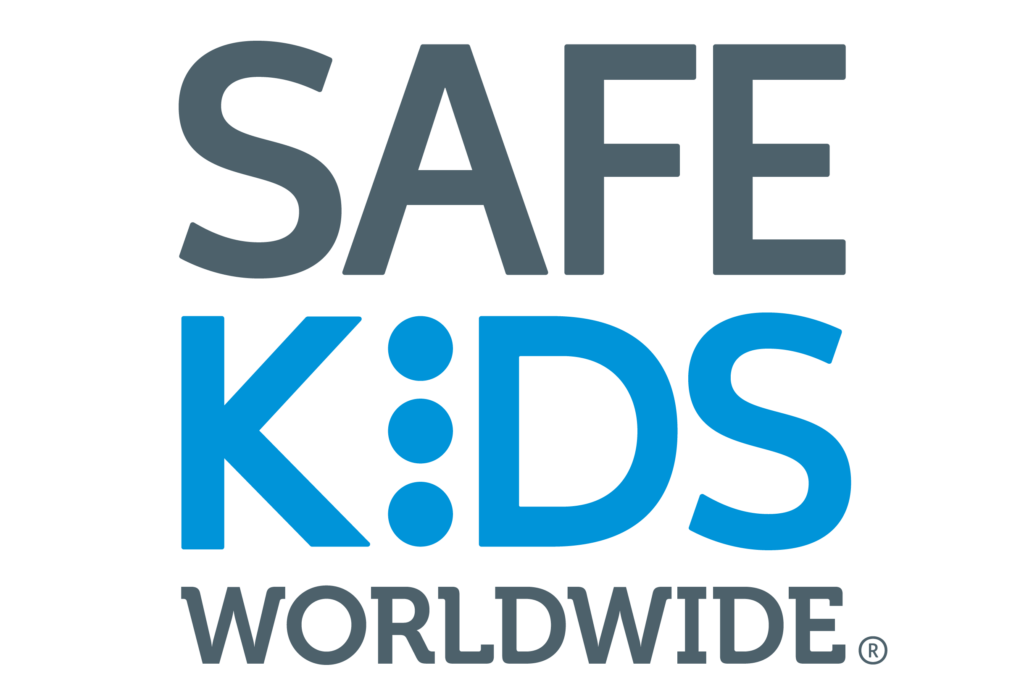Sending your baby to daycare soon? Here are a few things to consider doing to prepare them for the transition, plus a few steps that you don’t need to worry about!
As a sleep and lactation consultant, and a daycare mom myself, I have lots of experience navigating the transition to daycare. I know this can be very stressful and cause a lot of worry and guilt. Just a little pep talk for you – daycare has been a wonderful experience for my two children. Both of my kids started when they were infants. While the initial transition can be bumpy, it was a great environment for them and the right childcare choice for our family.
Here are some things to consider doing to help prepare your baby for starting daycare:
- Be sure your baby is comfortable drinking from a bottle.
If you are exclusively nursing, I recommend doing at least one bottle each day or every other day, starting at 3-4 weeks old. This keeps the skill fresh. Bottle feeding is not a one-and-done skill. It needs to be a regular part of an infant’s routine, otherwise, the risk of bottle refusal greatly increases. Your baby does not have to take full feeds from the bottle – they can even do one or two-ounce “snack bottles” at a time to practice the skill. Learn more about how to introduce a bottle in this blog post on Paced Feeding.
If your baby won’t take a bottle even though you’re offering it regularly, click to read my extensive blog post about bottle refusal, which includes lots of tips. If your baby is 6 months or older, you can also try a straw cup with expressed breast milk, and skip the bottle altogether. When introducing a straw cup, start with one that has no leak-proof valve. These cups are difficult to learn on, as they require a baby to bite down and suck at the same time. A favorite for working on straw-drinking skills is the Honey Bear Cup. This cup is squeezable, so it’s easier to teach a baby to drink from a straw.
- Have your baby take some of their naps at home in the crib.
If your daycare is following safe sleep guidelines (which I hope they are!) your baby will be placed in a bare crib either to fall asleep for the nap or after they have fallen asleep in a caregiver’s arms. It’s best if your baby has spent some time in a crib prior to going to daycare. This does not mean your baby must take all naps in the crib. Contact naps or naps on the go are great! Aim for one nap in the crib each day. When it’s time to go to daycare, they’ll be somewhat familiar with sleeping in and waking up in a crib.
- Practice gradual periods of separation.
Separation anxiety is common among babies – and actually reflects a secure attachment between you and your child. To help your baby cope, gradually introduce short periods of separation at home prior to their time at daycare. Begin with leaving your child with a trusted family member or friend for a brief period, gradually increasing the duration over time. These moments apart will help build your baby’s confidence and resilience, and they will quickly learn that their parents always come back!
- Expose your baby to other babies and people outside your home.
This does not need to be anything extreme, but some socialization during library baby story time or a Mommy and Me group is a great way to get your baby used to seeing unfamiliar faces.
- If allowed, do some short visits at the daycare before the actual start date.
If possible, arrange for visits to the daycare center before your baby’s first day. This allows your child to become familiar with the environment, sounds, and smells. Meeting the caregivers and seeing other children engaged in activities can help alleviate anxiety for both of you and create a sense of familiarity when the actual start date arrives.
Now that we’ve discussed some ways to prepare, below are some steps that you might feel pressure to take, but I don’t feel are actually necessary for daycare prep.
- Don’t worry about having your baby on a set schedule.
It’s very normal for infants, especially those under 6 months old, to have varying naps and feeding times. Don’t sweat it. If your child follows specific routines, feeding times, or wake windows, definitely communicate those to your child’s caregiver. But, if every day feels different, that’s okay. Daycare might even help your baby find a consistent schedule! But it is not a requirement that they have one before starting.
- Your baby does not have to be an independent sleeper before starting daycare.
It’s okay (and typical!) if your baby needs help to sleep. Daycare providers are magicians at getting babies to nap. While I do recommend having your baby take some of their naps in the crib before starting at daycare (see above), this doesn’t mean they have to put themselves to sleep totally on their own. Your baby may be very used to being rocked, shh’d or cuddled to sleep. Communicate to your child’s caregivers what works for your baby, and the staff may have their own special tricks up their sleeve when helping your child take their naps.
- Don’t feel like your baby needs to be used to napping in the light or out in the open.
They will adjust! If your baby naps in a quiet, dark room with white noise, no need to worsen their home sleep environment to “prepare them”. All this will do is make their sleep at home worse. You should expect some disruption to their typical naps, and wake windows are typically longer at daycare than they are at home. You do not need to match their daycare’s sleep environment. Babies are very smart, and they learn to expect different things based on where they are. Some daycares do allow you to bring a sound machine from home, so ask if that is an option. With time, your baby will learn to sleep out in the open. Naps at daycare may never be as solid as they are at home, but they will catch up on sleep in their nice quiet room on the weekend!
The transition to daycare is a big milestone! With time, your baby will adjust to their new environment and caregivers. It can feel overwhelming during the first few weeks while you are both getting used to your new routines. Give yourself a break, and remember that it will get easier!
Need feeding or sleep support? Learn more about my available services here.
